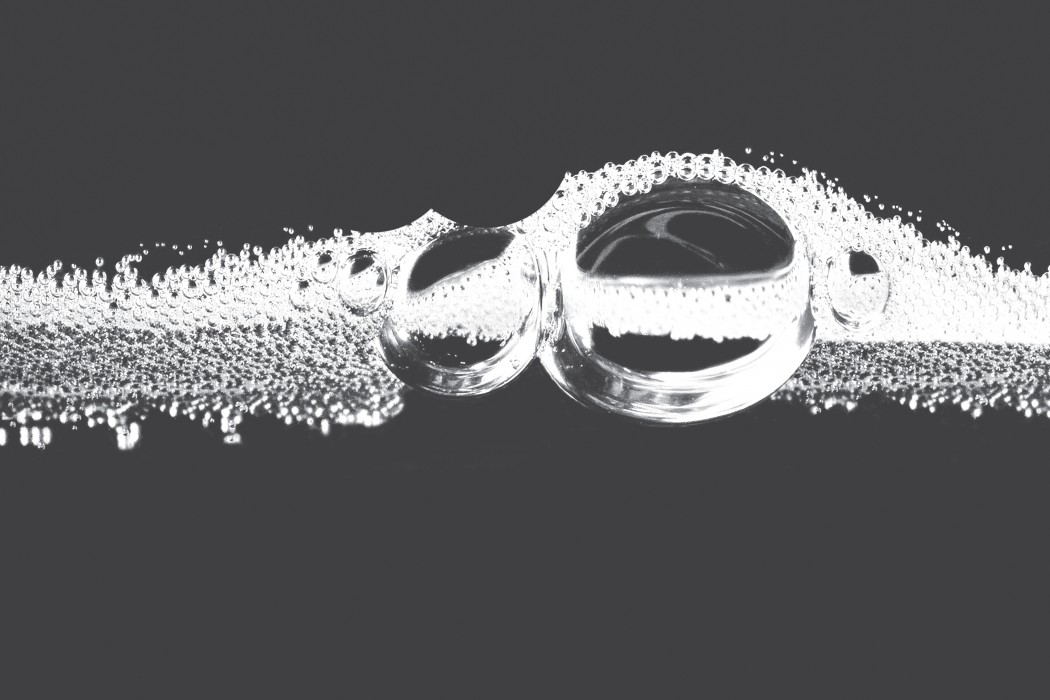(AND THE OVERTAKING OF FRANCE)
Italians have been feeling cocky of late, thanks to the recent Nielsen data regarding wine export. The French will not be happy about this data, but it seems that Italian sparkling wine beats Champagne as far as numbers of bottles exported is concerned. The three regions with the highest export figures include Franciacorta in Lombardy, Astigiano in Piedmont and the above all, the Prosecco region, in Veneto and Friuli. And interestingly, red wines are not among the range of wines particularly appreciated by foreigners. However, there are a number of sparkling wines, all types of Controlled Designation of Origin whites During 2014, Prosecco accounted for half of the total Italian wine revenue, which stands at five billion euros. The more passionate fans are actually located in the UK, which has seen a boost of 45% in bottle consumption for this product, compared with the previous year.
With the rise of Prosecco comes the risk of forgery. Italian producers should feel responsible for their ‘baby’, as it leaves the nest to discover the world and should do their best to improve quality over price.
Italian sparkling wine, be it Prosecco or Classic, needs to be enjoyed at the right temperature, like a Champagne, and- that is at 7-10 degrees, otherwise it would lose its characteristics. Unfortunately not everyone follows those rules, not even in Italy. Despite this recent victory over France, Italian wine culture could benefit from improvement and better developed.





